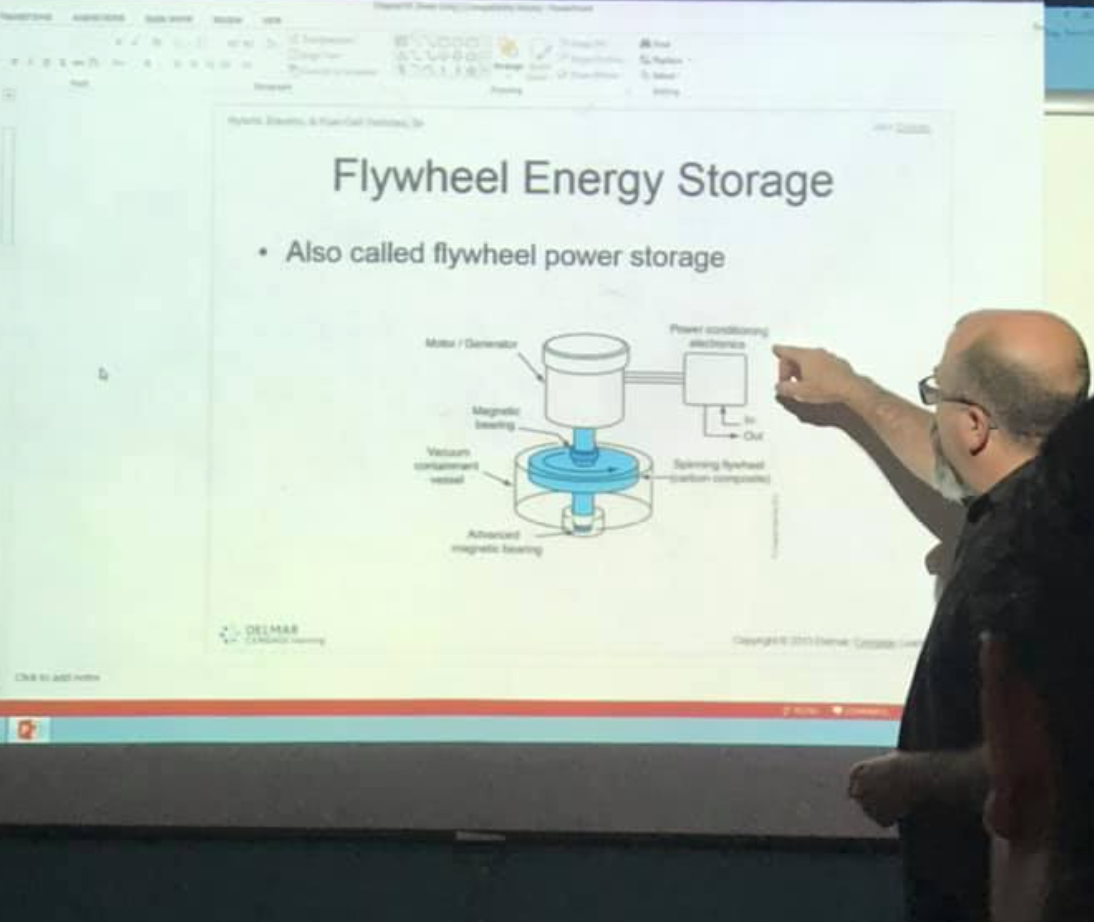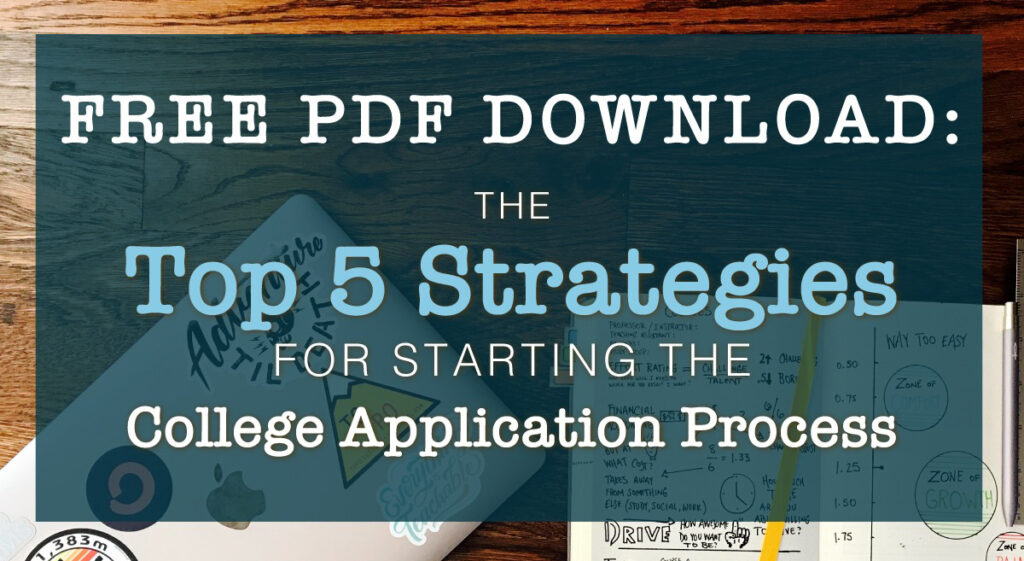Happy New Year!
I hope you all had a magical holiday season, but now it is time to get to work! If you have been procrastinating with your college process or just avoiding it due to burnout (hello, seniors), here are some tasks to help get you back on track.
Seniors
- Finish up your applications: Get it done now if you haven’t finished applying to colleges. Some schools have rolling admissions with deadlines through summer. However, the sooner you apply, the more room they have.
- Make sure applications are complete: For the applications you have submitted, you need to make sure they are complete. Check to see if the colleges you applied to require mid-year grades and then request them to be sent through your high school counseling office.
- Plan to visit colleges: For the colleges you have already been admitted to, start planning how you will collect information to make your final decision. Do you need to visit a college or two one more time? Will there be admitted student events in-person or online?
- Prepare for interviews: Winter and spring are prime times for interviews. You may be preparing for admissions interviews with Alumni or interviews for scholarships or honors programs. Make a list of at least 10 accomplishments, activities, characteristics, viewpoints, etc., that you want to share. Practice talking about each of your items, and you should be able to shape your answers to almost any question.
- Send thank-you notes: Don’t forget to thank the people who have helped you along the way. A hand-written thank-you note means a lot.
Juniors
- Create your college list: A solid list of colleges to research is the foundation of any college process. If you haven’t started your list yet (or have no idea how to make one), sign up for the College Mindset Junior Jumpstart course. In 3-weeks, you will know how to research colleges and have a personalized college list to get your college process started. The class begins on January 9th!
- Schedule campus visits: If you plan to visit colleges over a weekend or during spring break, I advise you to register for tours sooner rather than later. Tours do fill up (especially at the more popular schools).
- Nail down your testing plan: Make sure to decide if you will take the SAT or ACT this spring. Many colleges are still test-optional, but it is a good idea to have a test score, just in case you need it. Review the SAT and ACT offering dates and sign up for tests in advance.
- Start thinking about summer plans: Summer is a great time to explore career options. Schedule some informational interviews to learn more about the day-to-day life of a person who works in an industry that interests you. You should also search for internship or job shadowing opportunities.
- Start looking for scholarships: Now is the time to start looking at outside scholarships.
Sophomores
- Schedule practice campus visits: Now is the time to do some “practice” campus visits to colleges and universities near your home. Select a variety of schools to understand the different sizes, locations, and academic offerings.
- Build your resume: Start thinking about your extracurricular activities and leadership positions for next year. How will you contribute to your school or local community? Also, think about your summer plans.
- Plan our courses for junior and senior year: Make sure you have a tentative plan of the courses you like to take for your junior and senior years. Colleges will look at your GPA and the number of challenging courses (AP, IB, Dual Enrollment, Honors, etc.) you took. They will review your transcript in the context of what opportunities were available to you.
Freshman
- Look back on your first semester: What skills do you need to build? Do you have goals for your second semester of high school?
- Narrow down your extracurriculars: You may have signed up for everything when you started high school. Now is the time to focus on what you love and where you know you will have an impact.
- Review a college planning timeline: Get a head start on your college process through the College Mindset’s Ideal College Planning Timeline. It is a great month-to-month checklist for the college process.











